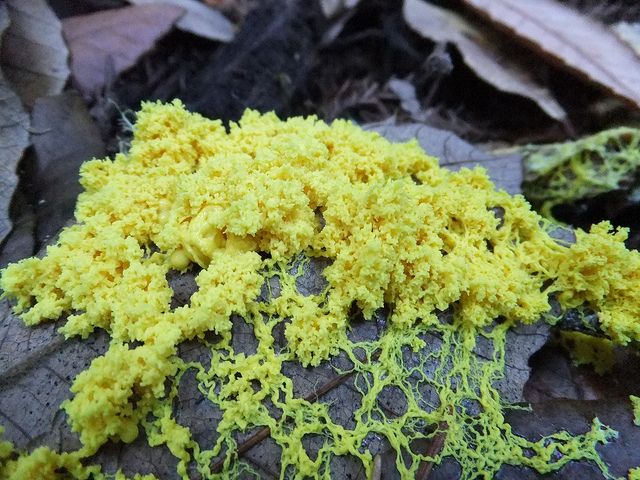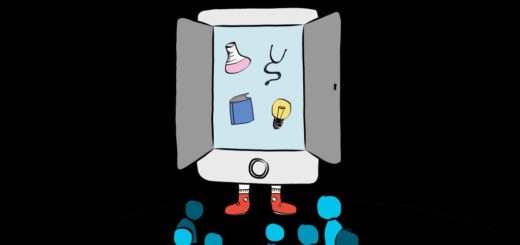Single-Cell Learning

A single-celled organism has, for the first time, demonstrated its ability to learn. Slime mold has proven to be capable of a rudimentary type of learning called habituation – despite not having a nervous system1.
Scientists at the Centre de Recherches sur la Cognition Animale (CNRS/Université Toulouse III – Paul Sabatier) investigated whether single-cell organisms could learn. They chose the protist Physarum polycephalum, more commonly known as slime mold, a giant cell already known to avoid traps and solve mazes.
Three groups of slime mold were studied over a nine day experiment. To reach a food source, two groups had to pass through an obstacle or ‘bridge’ made from a bitter substance, either quinine or caffeine. A control group could move through the bridge to the food source without any obstacles.
Initially, the mold recoiled from both the caffeine and quinine. This was presumably as an evolved response to avoid the potential toxicity of the bitter substances2. However, eventually it realised that the obstacle wasn’t harmful and began crossing the bridge more freely. After six days it was behaving like the control group: it wasn’t impeded by the obstacle at all.
This suggests that the mold learned not to fear the substance – a simple form of learning called habituation. Habituation occurs when an organism, after a period of exposure, stops responding to a particular stimulus. Filtering out certain signals, such as a smell not associated with a threat, lets the organism focus on the most important environmental features3.
However, this learning wasn’t permanent: after two days without contact, the mold reverted to its previous behaviour, avoiding the bridge. The learning was also specific to each substance, so mold that had habituated to caffeine couldn’t apply what it had learned to quinine.
This discovery in a single-cell organism suggests that learning preceded the appearance of brains and nervous systems. Although bacteria are adaptable, this usually develops over several generations, suggesting evolution, not learning4. However, this discovery calls for further examination of the learning capabilities of other simple organisms, such as viruses and bacteria. As a distant relation of plants, fungi and animals – appearing on Earth 500 million years before humans – slime mold raises questions about the evolutionary origins of learning itself.










